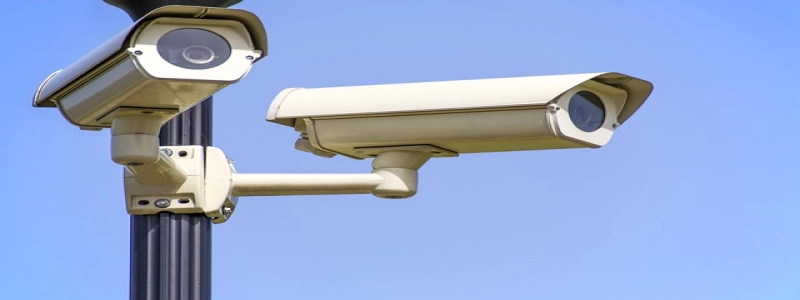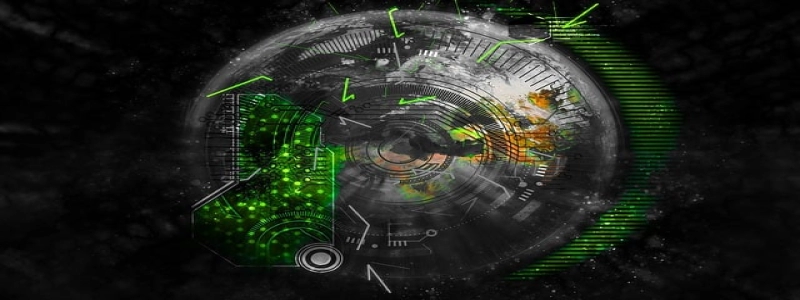Relationship between Wavelength, Frequency, and Energy
Introduction:
In the realm of physics and science, understanding the relationship between wavelength, frequency, and energy is crucial. These three fundamental concepts are key to comprehending various phenomena, from sound waves to electromagnetic radiation. This article aims to provide a detailed explanation of how wavelength and frequency are interconnected and how they both correspond to the energy of a wave.
What is Wavelength?
Wavelength refers to the distance between consecutive points of a wave that are in phase, such as two consecutive wave crests or troughs. It is denoted by the Greek letter lambda (λ) and is measured in meters or, more commonly, in nanometers or micrometers in the case of electromagnetic waves. Wavelength determines the size of the wave and is commonly associated with properties such as color (for visible light) and pitch (for sound waves).
What is Frequency?
Frequency, on the other hand, is a measure of how many complete oscillations or cycles a wave completes in a given unit of time. It is denoted by the symbol f and is measured in hertz (Hz), which represents cycles per second. For example, if a wave completes 10 cycles in one second, its frequency is 10 Hz. In essence, frequency determines how quickly a wave oscillates or vibrates.
The Relationship between Wavelength and Frequency:
Wavelength and frequency are inversely proportional to each other. This means that when the wavelength of a wave increases, the frequency of that wave decreases, and vice versa. This relationship can be mathematically expressed using the formula:
speed of wave = wavelength x frequency
This formula highlights the fact that the product of wavelength and frequency is constant for any given wave.
The Relationship between Frequency and Energy:
The energy of a wave is directly proportional to its frequency. This means that as the frequency of a wave increases, its energy also increases, and vice versa. The energy of a wave is a measure of how much work or power that wave carries. For instance, high-frequency waves, such as X-rays and gamma rays, have much more energy than low-frequency waves like radio waves.
The Relationship between Wavelength and Energy:
Interestingly, the energy of a wave is indirectly proportional to its wavelength. This implies that as the wavelength increases, the energy decreases, and vice versa. This relationship can be understood by considering the wave-particle duality of electromagnetic radiation, where photons, which carry energy, exhibit particle-like behavior. The energy of a photon is directly proportional to its frequency and, therefore, inversely proportional to its wavelength.
Conclusion:
Wavelength, frequency, and energy are interconnected properties that define the behavior and characteristics of waves. Understanding the relationships between these concepts is essential not only in the field of physics but also in various applications such as telecommunications, spectroscopy, and medical imaging. By grasping the relationships between wavelength, frequency, and energy, scientists and researchers can manipulate and harness the power of waves for various purposes.








